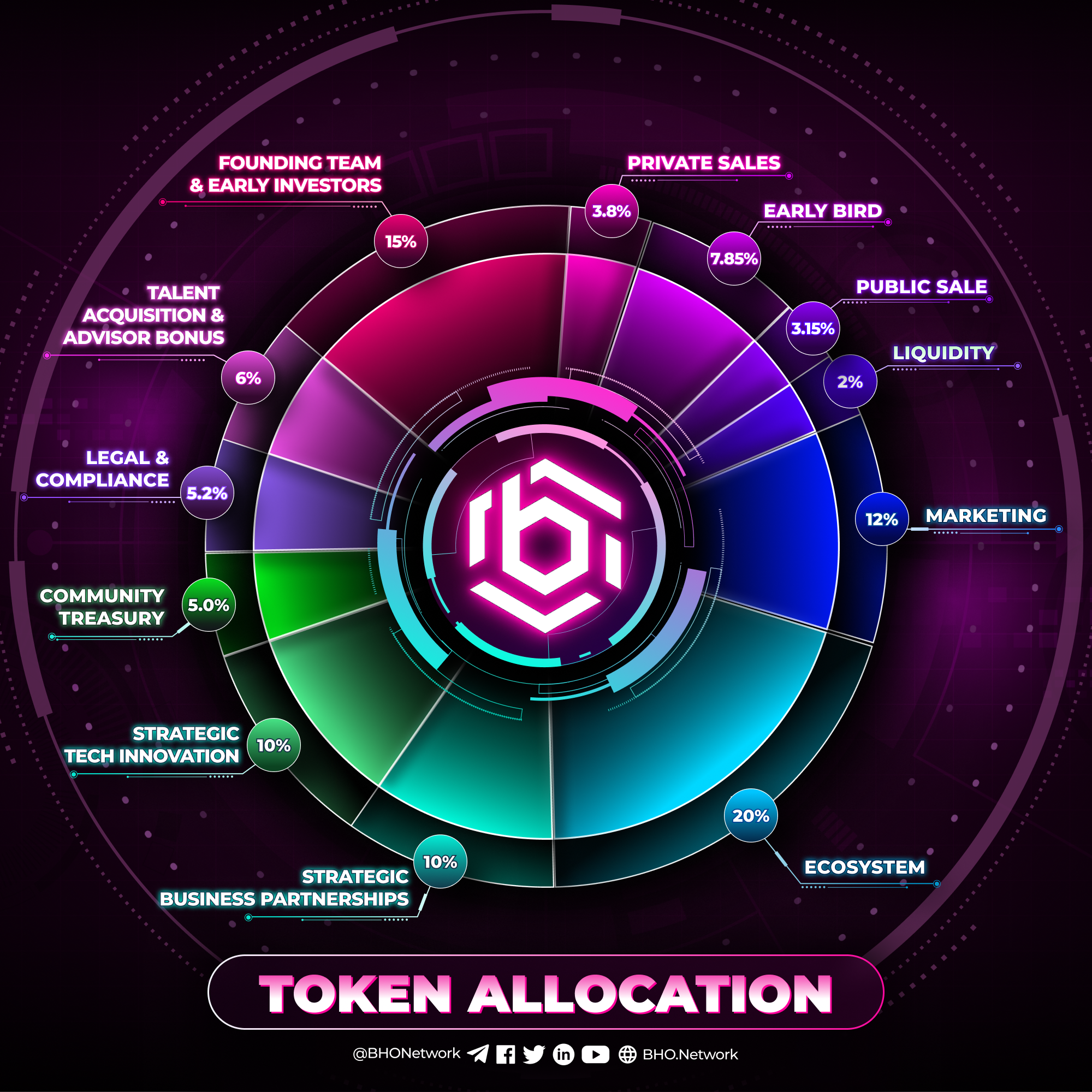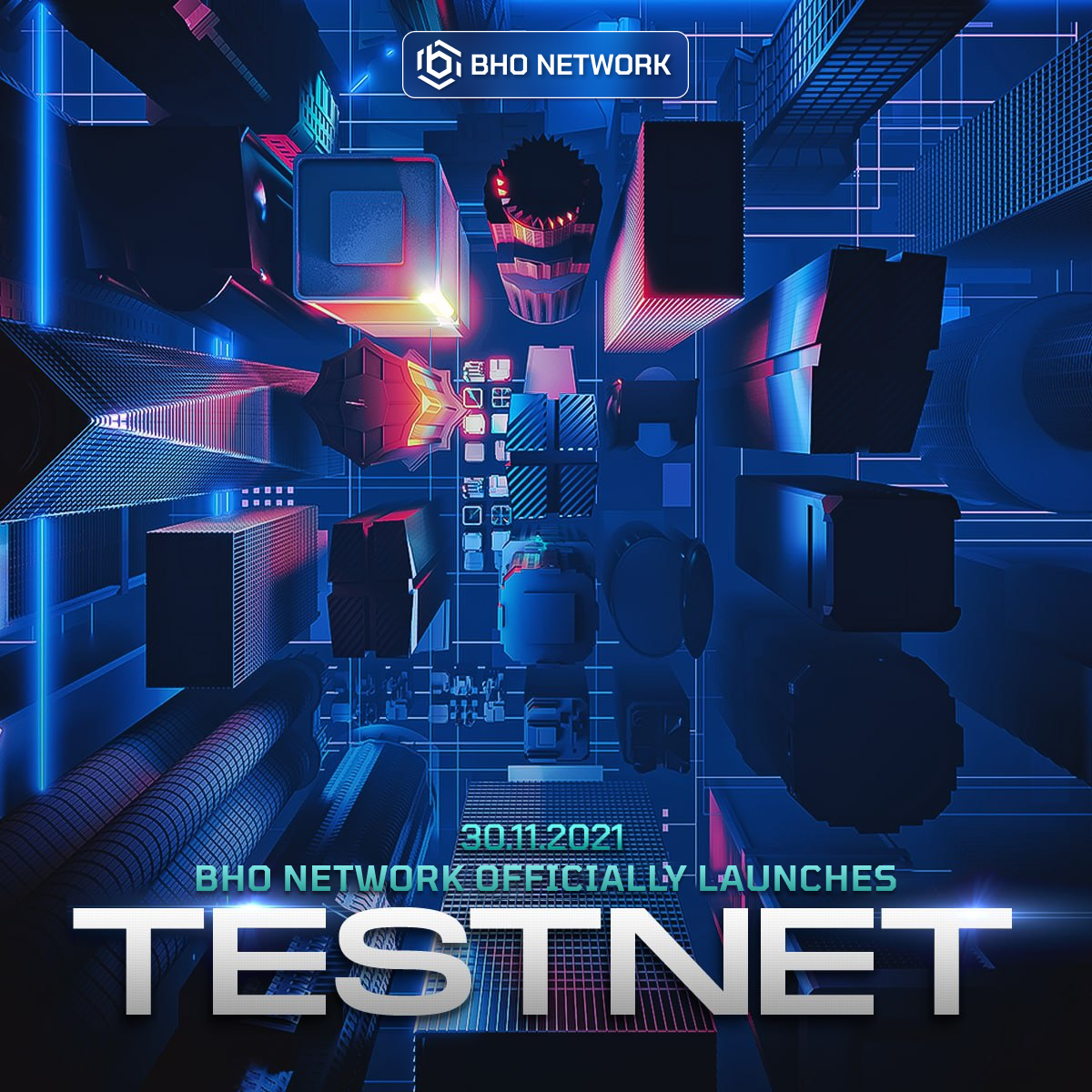Non-Custodial Wallets: The Best Way To Protect And Store Cryptocurrency With 3s Wallet
- What are the differences between custodial and non-custodial wallets?
- Danger to users’ assets from custodial wallets
- Threat of liquidity crisis
- Challenges of traditional financial markets
- Cryptocurrencies are not out of the loop yet
- Are the exchanges safe?
- Conclusion
- Non-custodial wallet is the ultimate solution
- Autonomy in management
- Guaranteed assets
- Instant transaction
- DeFi Interoperability
- Why 3S Wallet?
Choosing to use a particular non-custodial wallet is an extremely important decision, as it will directly affect the user's experience when participating in the crypto market. The type of wallet that accompanies users can provide many innovative benefits and certain advantages, but at the same time, it can also bring many unpredictable consequences in the future.
Through this article, BHO Network team hopes to fully convey all aspects between custodial and non-custodial wallets, so that users can make their own judgments.
What are the differences between custodial and non-custodial wallets?
There is a significant difference between a custodial and a non-custodial wallet. While non-custodial wallets are independently owned by users, custodial wallets allow wallet providers or exchanges to keep their private keys.
This way, the security of the assets held in the wallet is mostly the responsibility of the provider or the exchange, as the user only has access to the public address provided by the institution. Using a custodial wallet is simple for the average user and removes the responsibility of memorizing the seed phrase (consisting of 12 or 24 random words) and having to keep it safe, compared to a non-custodial wallet.
Danger to users’ assets from custodial wallets
Threat of liquidity crisis
Challenges of traditional financial markets
Before going to the cryptocurrency market, let's take a look at the whole picture of traditional finance to better understand why the liquidity problem is so serious.
The first was the “Panic” of 1907 in the US, causing the heaviest world economic crisis in history, when people lost confidence in the government, massively withdrawing money from the big banks and companies of Wall Street, causing liquidity to collapse rapidly. This is also the reason why the Federal Reserve (Fed) was established in 1913, to provide the country with a safer, more flexible and stable monetary and financial system.
Until the period of 2007-2008, although the US was controlled by the Fed, the ineffectiveness of monetary policies from the management agency, combined with the bursting of the real estate bubble, made the US financial industry paralyzed, leading to a global economic crisis; credit, liquidity in the stock market, and currency devaluation all came to a standstill.
Cryptocurrencies are not out of the loop yet
For the above reasons, Bitcoin and new cryptocurrencies came about as a solution to the problems that the current financial system of the world is facing, as well as to revolutionize financial technology to a new height in the future.
However, we have to frankly admit that crypto itself is starting to follow the path of the traditional market. The decentralized nature of cryptocurrency is gradually being lost and replaced by centralization from many leading blockchain companies, platforms and exchanges that are user-oriented.
The fear of liquidity in the crypto space really culminated when the vulnerability of the Terra ecosystem was exploited. Through the unsustainable mint/burn mechanism of LUNA-UST and the imbalanced deposit interest payment system between the profits generated and the Terra reserve of the Anchor Protocol, the LUNA-UST model collapsed when the market turned bad, users fled UST from Anchor and shorted LUNA, wiping out more than $40 billion in combined market capitalization in just one week.
Next is the chain of events from the Celsius lending bomb. The severe loss of liquidity led Celsius to issue a notice blocking users from withdrawing so the company could find a solution. Besides, Celsius also heavily affects the psychology of users on other lending platforms, that they constantly withdraw money to protect their assets. This led to a series of large lending companies in the industry such as Babel Finance, Voyager Digital, Vauld and CoinFlex also having to suspend deposits and withdrawals for their customers.
Are the exchanges safe?
Not only affecting platforms, liquidity panic is also affecting most popular crypto exchanges today such as Binance, FTX, Coinbase, etc. The trigger for this event was the KuCoin exchange.
There have been many rumors suggesting that KuCoin will likely be the first exchange to block users from withdrawing because of liquidity pressure. Although KuCoin CEO Johnny Lyu has voiced his correction, such efforts do not seem to be enough to strengthen user confidence.
According to proof in the past 24 hours, compared to the total value of gas fees transacted in the entire Ethereum network, KuCoin has become the most spent place, more than tier 1 exchanges like Binance and DEX UniSwap, clearly showing the mass withdrawals from users.
On the other hand, the credibility of user assets stored on the exchange is not really guaranteed. Specifically, this stems from a post by Coinbase Chief Legal Officer - Paul Grewal - on June 2, explaining that Coinbase will not use user assets without customer consent.
The reality is that many other financial institutions and exchanges are using user funds on the exchange to profit, unlike Coinbase, which always guarantees 1:1 customer assets with company reserves.
From the above point of view, it is conceivable that the assets we leave on the exchange can simply be a display number, not carrying real value. Because the exchange will use that money and send it to lending protocols to earn profit at a high annual percentage yield (APY) and leveraged trading in the derivatives market.
This is extremely dangerous because if the market conditions turn bad, the liquidation of assets and liquidity pressure will cause the exchange to default, and user assets are unlikely to be compensated, or worse, completely disappear.
Finally, there is the issue of user data breach. Investors will not be able to know if their personal information has been hacked, or whether the exchange is willing to sell large amounts of user data in exchange for huge amounts of money, and make up a hacking incident to conceal this action or not. The case of one of the world's largest Bitcoin exchanges in the past, Mt. Gox, played out according to such a scenario.
Conclusion
With the facts mentioned, it is safe to say that liquidity and hacking will always be a sudden variable in the grand scheme of the financial market, including cryptocurrencies. It is important to know that the factor that harms user assets lies in the factor of centralization. More closely correlated, centralized wallets can be compared to traditional banks, exchanges, and crypto platforms. When problems occur, users will not have the right to dispose of their assets.
Non-custodial wallet is the ultimate solution
Autonomy in management
Non-custodial wallets have gained immense traction because of their ability to provide users with a high degree of autonomy, allowing users to control their private keys, without the need to depend on third-party custodians or commission any organizations or platforms. Basically, the user will be fully responsible for all funds and transactions in the wallet.
Guaranteed assets
Since all the details regarding non-custodial wallets and assets belong to the user, there is little or no risk of remote attack. Safety is the main reason why many users are gradually moving and changing their options such as trading, storing and paying on exchanges to decentralized wallets.
Instant transaction
Transactions made through non-custodial wallets are faster because those wallets do not require any intermediaries or centralized regulatory bodies to approve transactions.
DeFi Interoperability
Non-custodial wallets are essential tools to interact with most decentralized financial platforms. In fact, the number of DeFi applications such as DEX, cross-chain protocol, lending, DAO, etc. has increased rapidly in the past few years.
Why 3S Wallet?
3S Wallet is the result of a period of research and development efforts from BHO Network team, with the mission to bring a complete, reliable financial tool for individuals and organizations to store assets, and spend as well as trade cryptocurrency in the most optimal way anytime, anywhere.
To start the experience, please download the “3S Wallet” app. The app with the squirrel icon can be searched and downloaded at the App Store or CH Play. Or, download by scanning the QR code below.
Download 3S Wallet as follows:
- With Android operating system, please go to CH Play/Google Store and install the “3S Wallet” app. Or visit the link: https://play.google.com/store/apps/details?id=network.bho.wallet
- For iOS, please go to App Store and install the “3S Wallet” app. Or visit the link: https://apps.apple.com/vn/app/3s-wallet-crypto-wallet/id1622316272
- Users can also scan the QR code below to download the 3S Wallet app
| Android | iOS |
|---|---|
Inspired by the book "The Universe in a Nutshell" by the great late physicist Stephen Hawking, the 3S Wallet brand story represents the completeness of the product with a multi-chain connection system of the crypto world's puzzle pieces - helping to integrate all features and utilities in just one application that is completely in the hands of users with three criteria: Simple - Secure - Safe.
Besides, in order to scale up and provide users with the most efficient experience in the Web3 space, 3S Wallet has been designed with strict standards through the pillars of high value in the product development process.
By refining the branding process and applying building principles to the application, 3S Wallet is expected to make it easier for users to access the crypto market through providing the features from basic to outstanding advantages for all current needs in the blockchain industry.
As for how to use 3S Wallet, users can refer to the two articles below:
During the wallet experience, should you have any other questions or concerns regarding the wallet's features, or want direct support, you can contact our Support Team at https://support.bho.network/
Thank you!
Published on July 05, 2022
Tagged topics







